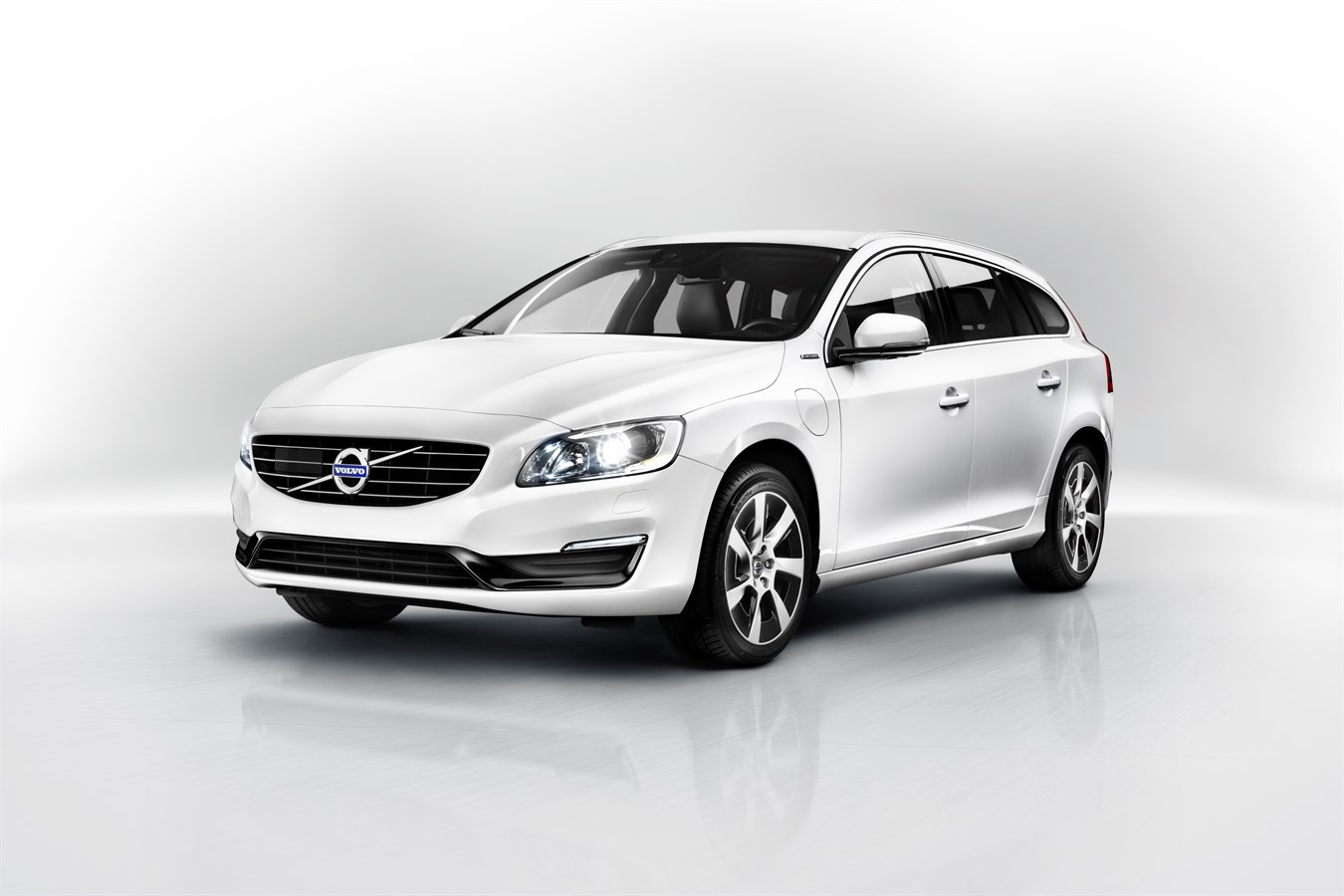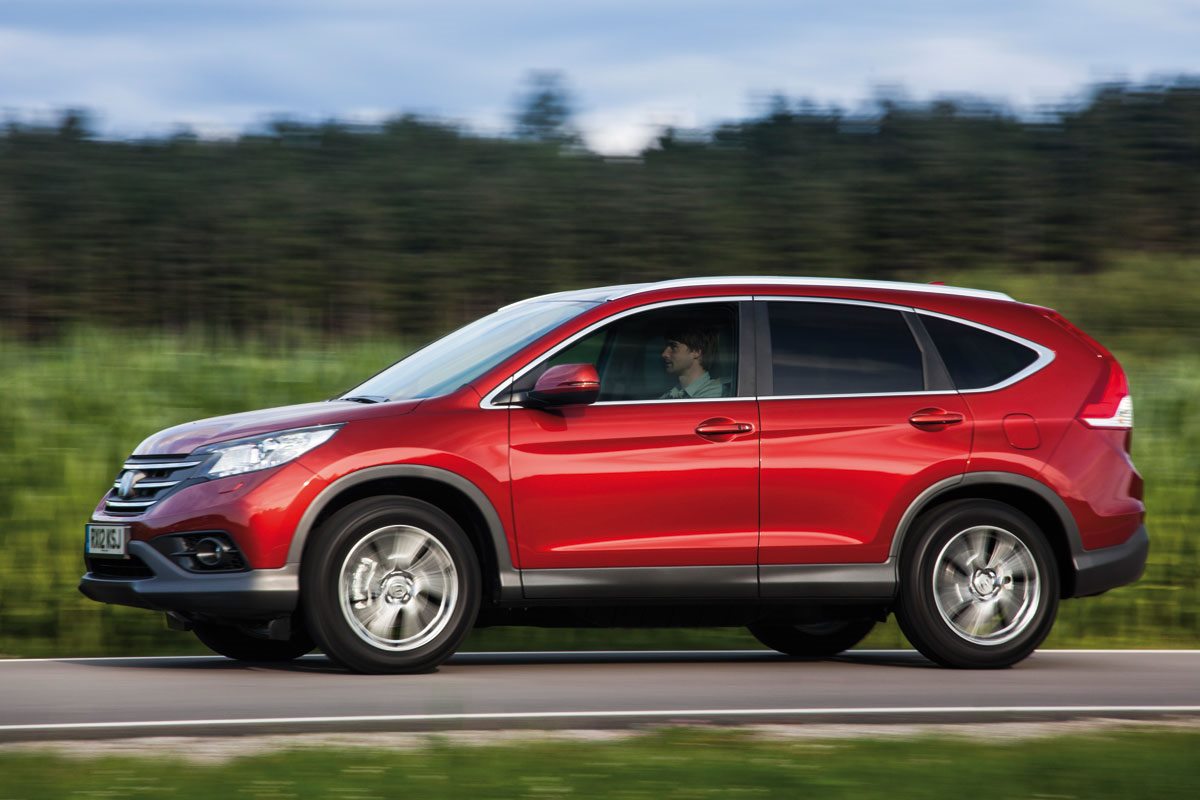
Volvo V60 Plug-in Hybrid - fast and economical
Buyers of the Swedish brand had to wait a long time for a hybrid. Patience was rewarded. Volvo starts with a high C. It has prepared a powerful hybrid with a great ride. The first copies of the V60 Plug-in Hybrid have already arrived in Poland.
Hybrid cars are not new. We have known them since 1997. Other brands have followed the path paved by Toyota. After Lexus and Honda, it's time for hybrids from Europe and Korea. The heart of all hybrids is an internal combustion engine that runs on a small electric motor. Every self-respecting hybrid has an all-electric mode. A common feature of the EV function is speed (about 50-60 km/h) and range (about 2 km) limitations, which result from low battery capacity.
Plug-in hybrids are the next stage of evolution. Their enlarged batteries can be charged with electricity from a household outlet or from city charging stations. If the infrastructure is favorable, the plug-in hybrid becomes a near-zero emission vehicle. Volvo has chosen this drive. The presented V60 is not only the first hybrid in the history of the Swedish brand. It is also the first diesel powered hybrid.
The V60 diesel-electric prototype was unveiled in 2011. Volvo emphasized that this is the most advanced structure in the history of the company. The first copies of the hybrid V60 were delivered to customers at the end of 2012. 2013 Electric Silvers were produced for the XNUMX model year.
The strategy for the 2014 model year is to deliver about 6000 V60 plug-in hybrids. 30% of production will go to Scandinavia. The novelty is also very popular in the UK, the Netherlands, Belgium, France, Switzerland and Germany. In Poland, users of low-emission vehicles cannot count on discounts and subsidies, so the environmentally friendly station wagon will remain the hallmark of the brand.
It takes a trained eye to make a hybrid Volvo stand out from the crowd. A lid on the left fender hides the battery charging slot, while decorative model name badges are located on the A-pillars and the edge of the tailgate. The V60 Plug-in Hybrid also features plastic rims to reduce adverse air turbulence. They were absent on the tested copy, which received optional wheels.
Volvo used the designation D6 for the first time. The symbol is not related to the number of cylinders under the hood. It was an exaggeration to signal that the potential of the hybrid drive is no different from the flagship "petrol" T6. Under the hood of the V60 is a five-cylinder 2.4 D5 turbodiesel developing 215 hp. and 440 Nm. An electric motor attached to the rear axle develops 70 hp. and 200 Nm. Combining the efforts of both units provides excellent performance - acceleration to "hundreds" takes only 6,1 seconds, and acceleration stops at around 230 km / h. It would be more if not for the limiter. The electric motor runs silently. The turbodiesel is on average muffled and creates a strong vibration at idle. Volvo enthusiasts don't usually mind the D5's performance. On the other hand. They appreciate the unique sound of the five cylinders and the huge torque.
Batteries and electric motor are located under the floor. The introduction of additional components forced the reduction of the fuel tank. The luggage compartment has also decreased - from 430 liters to a meager 305 liters. There are no practical hiding places under the boot floor raised by a few centimeters. Plug-in Hybrid technology added weight to the V60. As many as 300 kilograms have been added - 150 kg are batteries, the rest is the engine, wiring and additional cooling system. Additional ballast is felt when driving dynamically on winding roads. The classic V60 has less inertia and responds more spontaneously to steering wheel commands. Volvo engineers have tried to reduce the differences. The hybrid received a different tuned suspension and stronger brakes.
Fully charged batteries allow you to drive 50 kilometers. Using good performance and air conditioning, you can limit the range to 30 km. Not much, but you need to remember that half of the inhabitants of Europe travel no more than 20-30 km per day. When you recharge your batteries at home and at work, you can travel on a small amount of diesel fuel. The lithium-ion battery takes between three and 7,5 hours to charge. The time depends on the charging current (6-16 A), which - taking into account the possibilities of this installation - is set using the buttons on the charger.
There is an AWD marking on the back door. This time he doesn't describe all-wheel drive with a Haldex clutch. The front and rear axles of the hybrid were not connected by a shaft. The front wheels are driven by a diesel engine and the rear wheels are electrically driven. Thus, in electric mode on slippery surfaces, a V60 hybrid user can experience the traction issues that rear-wheel drive station wagon users face on a daily basis. However, it is enough to press the gas pedal harder for the computer to start the turbodiesel, and the driving force also flows to the front axle. If conditions are not favorable, you can also activate the all-wheel drive mode, which will force both engines to work in parallel.
On the center console we find the "Save" button that maintains a range of 20 km. The energy will come in handy if at the end of the journey we have to enter a traffic zone closed to cars with internal combustion engines. There are no Comfort, Sport and Advanced buttons, which in other Volvo models change the characteristics of the engine, gearbox and suspension. Their place was taken by the Pure, Hybrid and Power keys.
Pure mode tries to use only the electric drive, where the maximum speed reaches 120 km / h, and the range does not exceed 50 km. The V60 starts silently and accelerates efficiently - a better driving experience than the Prius Plug-in. A large power reserve and well-chosen sensitivity of the accelerator pedal make unscheduled excitation of the diesel engine difficult. The turbodiesel will start if the driver presses the gas to the floor. Electronics activates the D5 engine even at low ambient temperatures, which allows the engine to be preheated and lubricated. It will also start when the sensors detect diesel aging. To counteract adverse fuel changes, the electronics will force the turbodiesel to work. In hybrid mode, the electronics seek to take full advantage of both engines. The electric motor works when it moves off, then the internal combustion engine turns on. The Power function squeezes all the juice out of both drives. Combustion, power consumption and the energy level in the batteries do not matter much.
For the Plug-in Hybrid version, special upholstery and additional animations on the electronic instrument panel have been prepared, which show the range, battery state of charge and instantaneous power use. The energy monitor is called up from the menu of the multimedia system and shows the current status of the hybrid drive. Another variation is the Volvo On Call app. It allows you to read information from the on-board computer, check the blocking of windows and locks, as well as the ability to remotely turn on heating and air conditioning.
In addition, the hybrid has retained all the advantages of the Volvo V60 - excellent quality materials, solid assembly, perfect fit, comfortable seats and optimal driving position. Getting used to the operation of the on-board computer and multimedia system. People who have had contact with German premium cars may be confused by the lack of a multi-function knob on the central tunnel.
The Volvo V60 Plug-in Hybrid will only be offered in one highly equipped version. The hybrid was performed slightly better than the Summum version, the flagship version of the V60 internal combustion engine. After adding several options that are usually chosen by buyers of expensive cars, the bill reaches 300 zlotys.
In Western Europe, homologated combustion and the associated low carbon emissions avoid high taxes. An impressive 1,9 l/100 km was achieved when running the test with charged batteries. If a hybrid user decides not to charge the batteries with electricity from the grid, fuel consumption will increase - 4,5-7 l / 100 km can be expected depending on conditions and driving style.
V60 with all-wheel drive and 215 D2.4 turbodiesel with 5 hp. requires 6,5-10 l / 100 km. So saving on a hybrid is not illusory. With a price difference of tens of thousands of zlotys and no discounts, a quick return on investment cannot be expected. Anyone looking at a hybrid through a performance lens should also check out the V60 D5 AWD with the Polestar package. 235 HP and 470 Nm provide only slightly worse dynamics on the straights, but the smaller curb weight of the Swedish station wagon will be appreciated at every turn.

